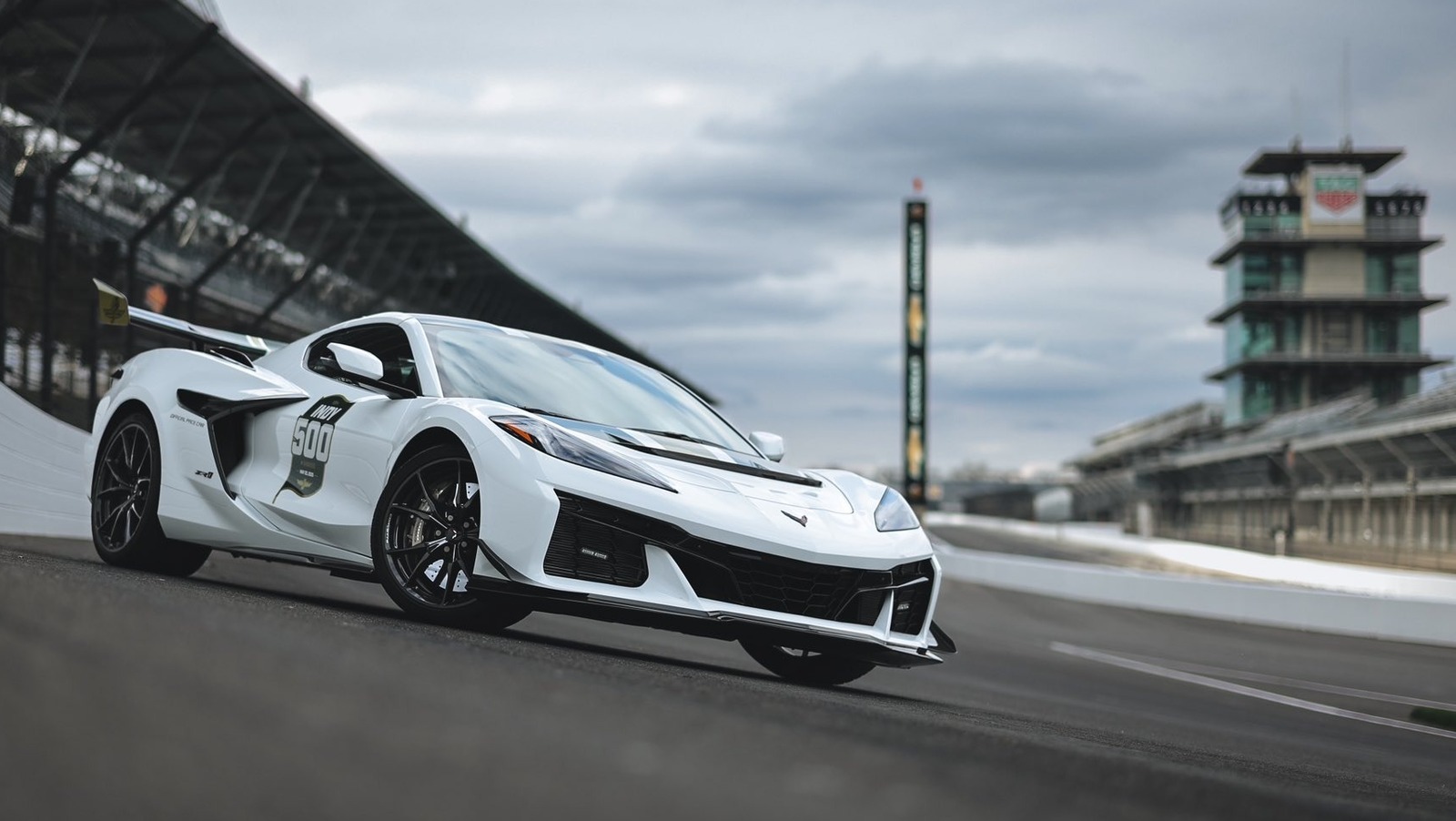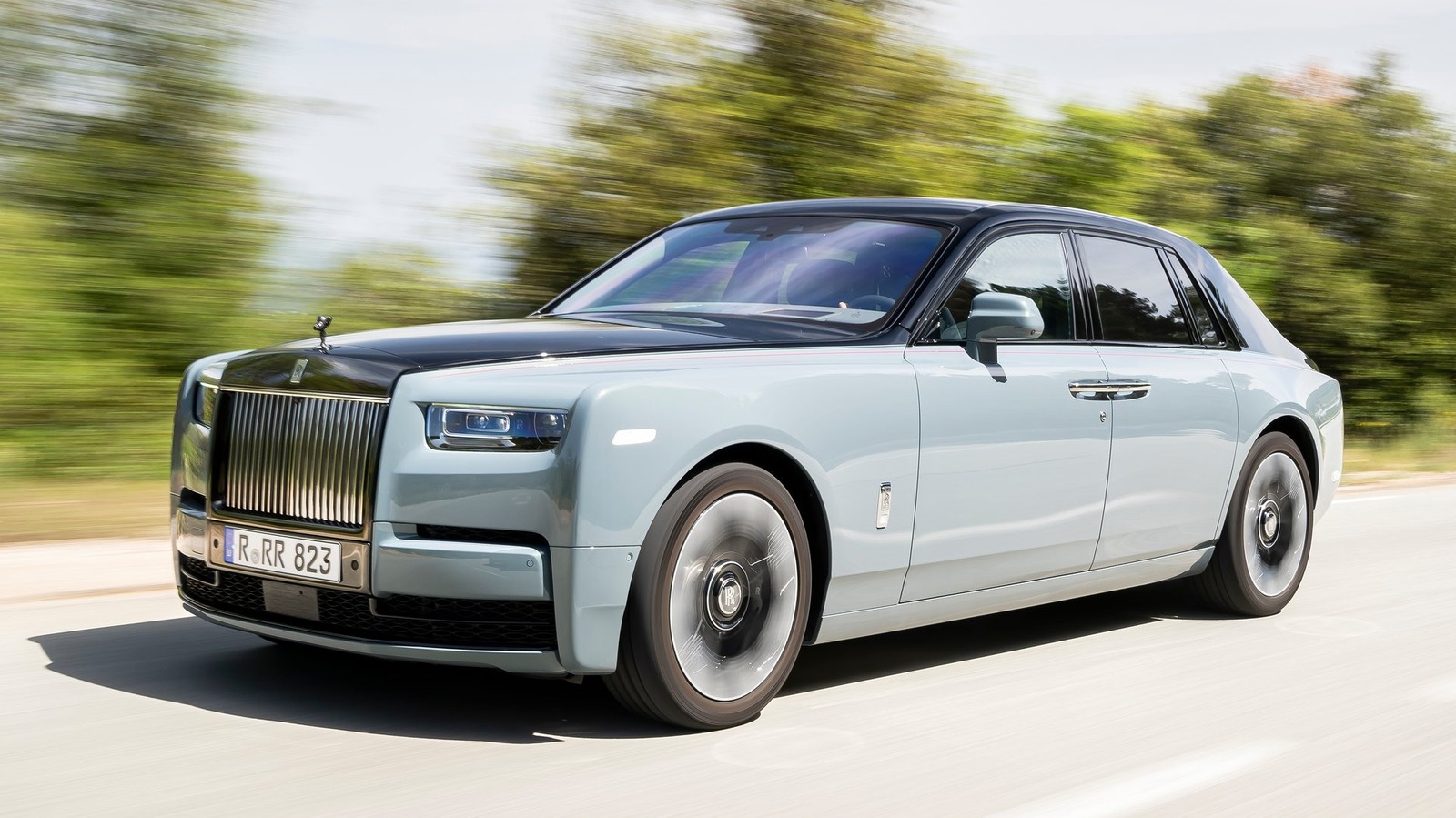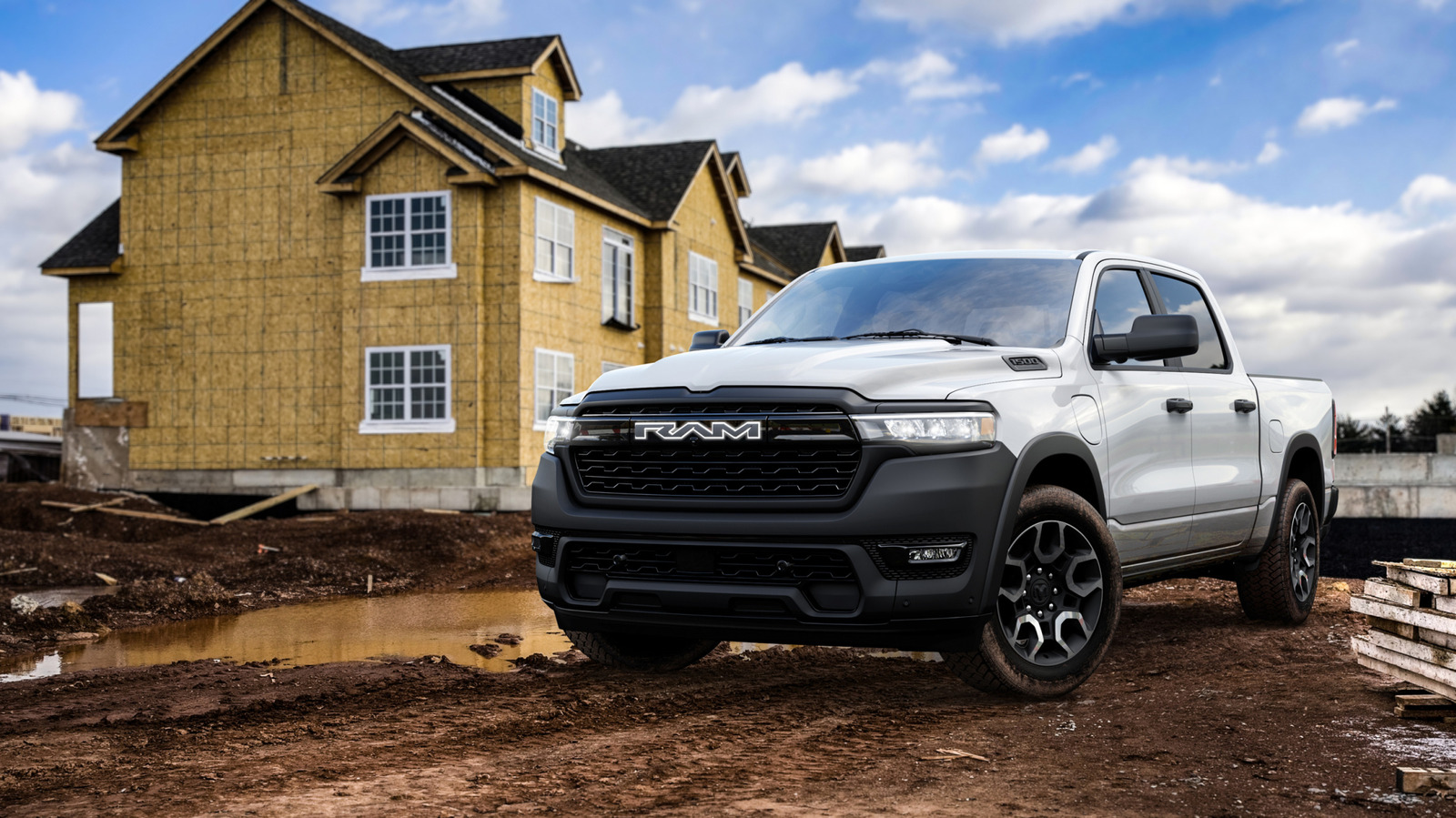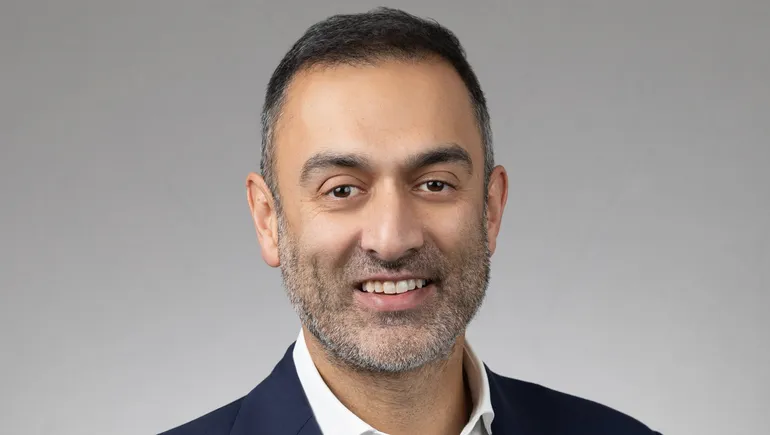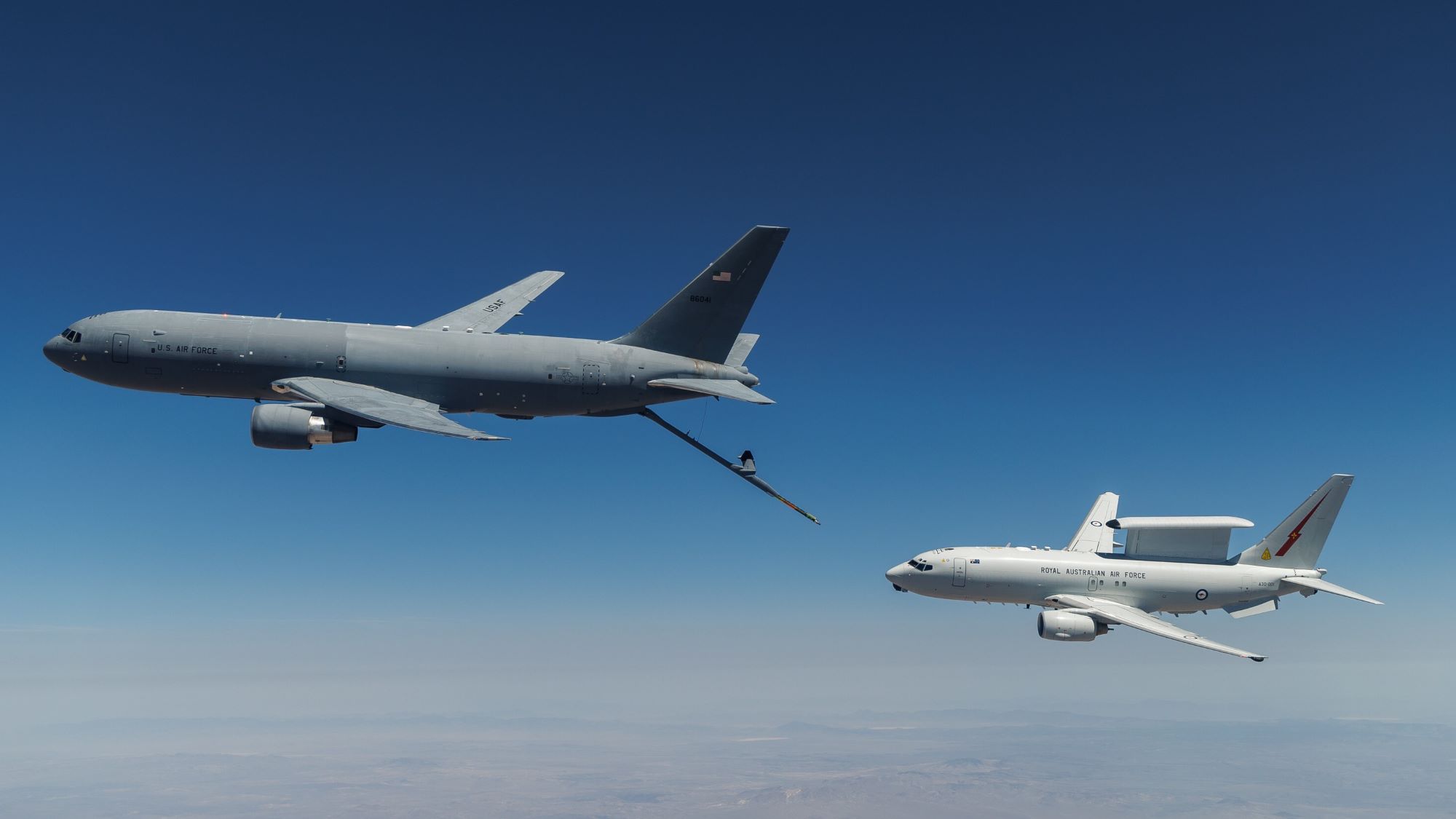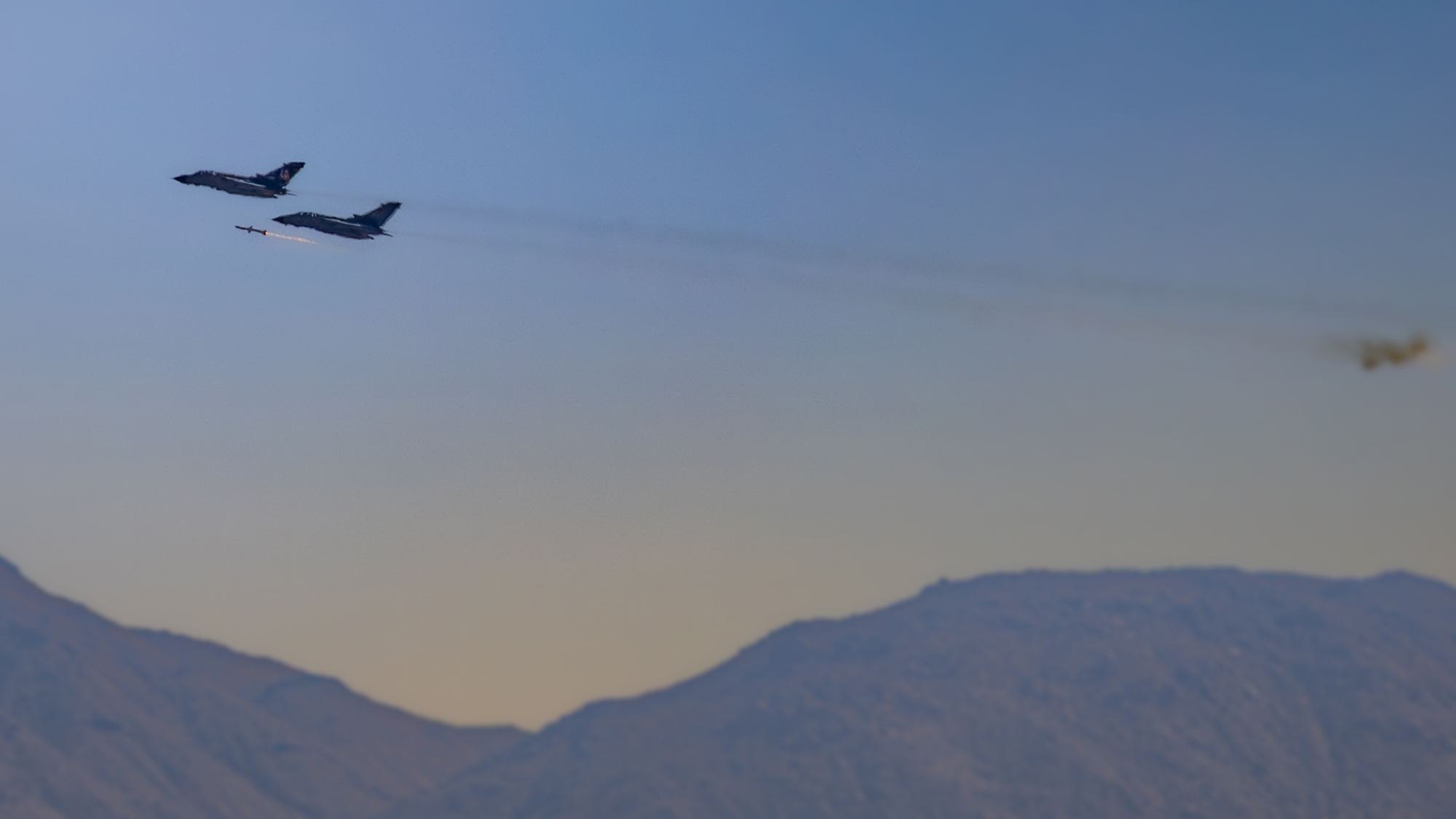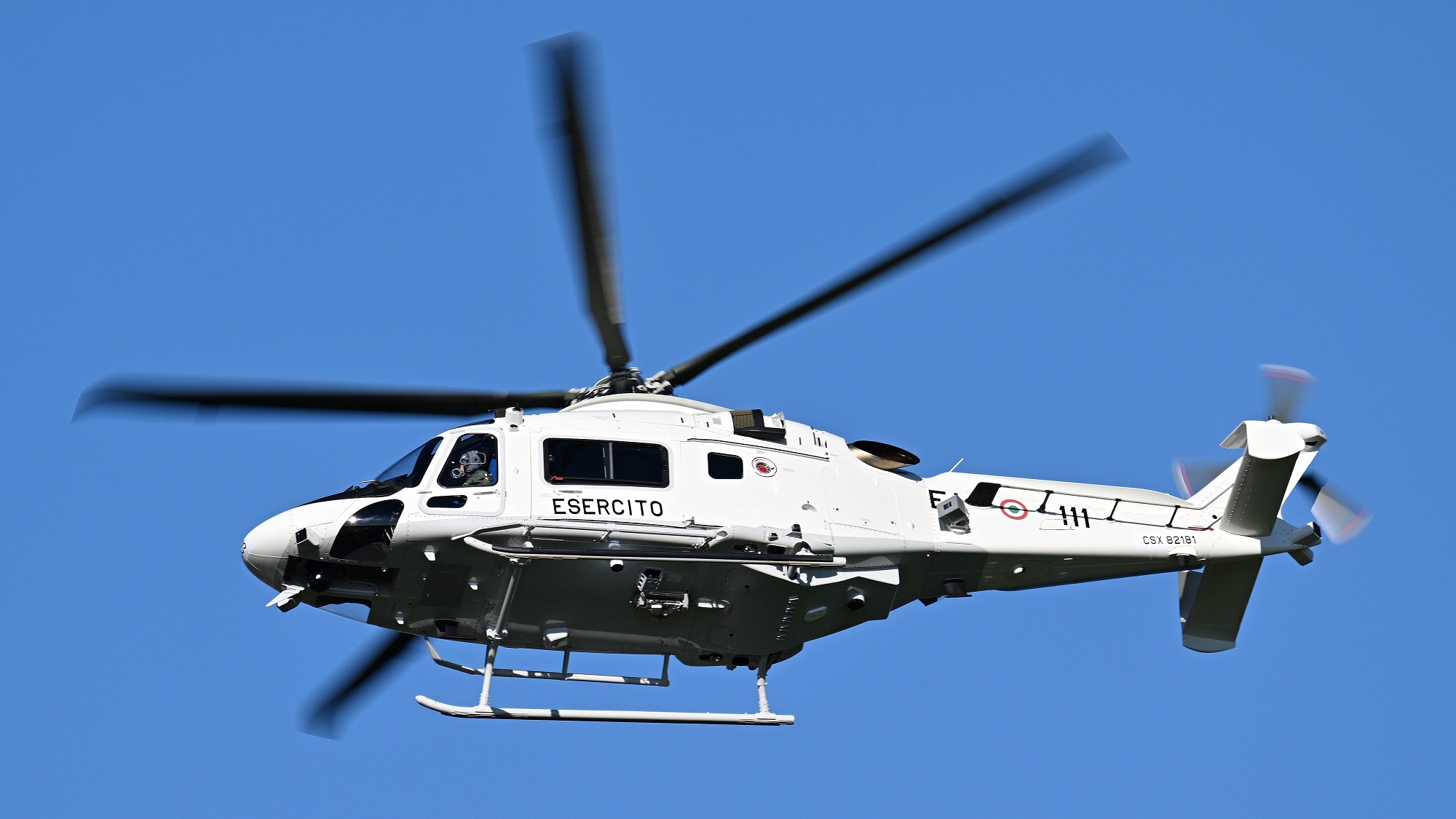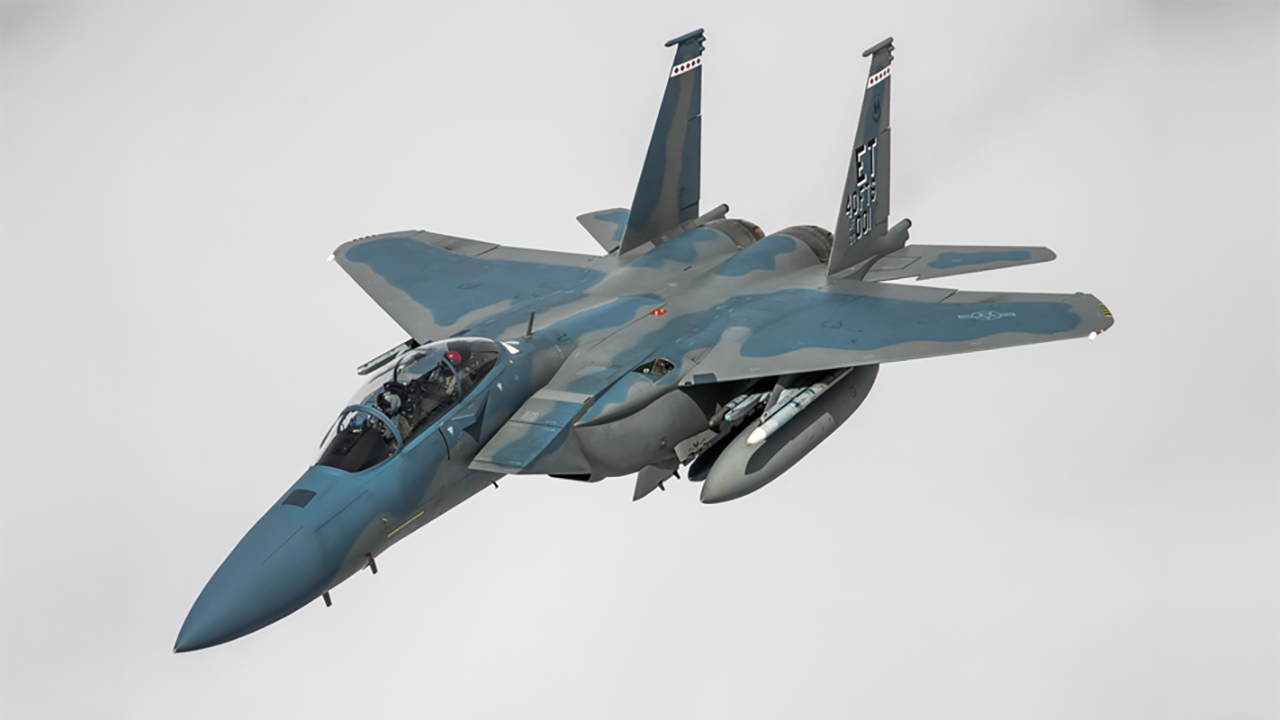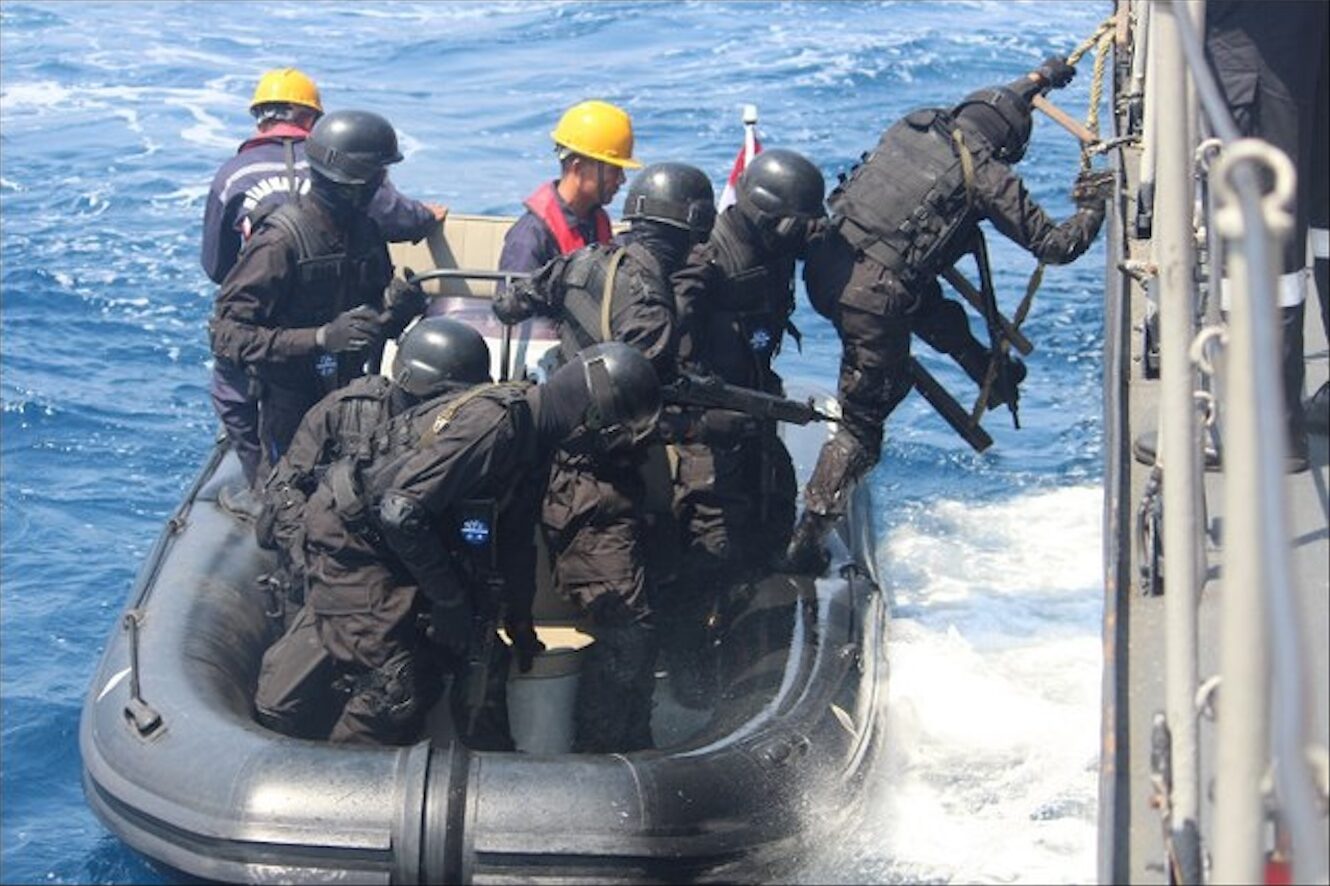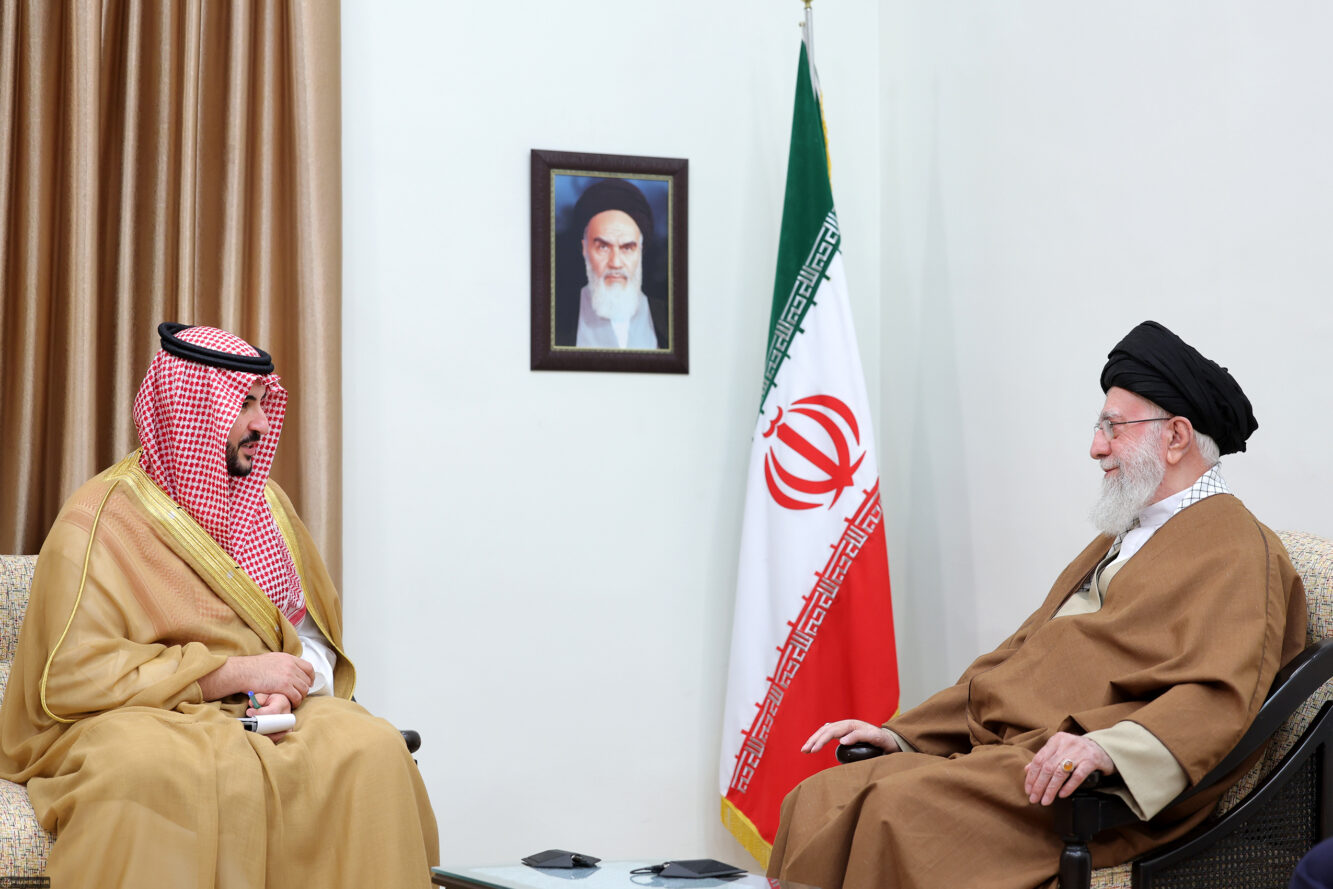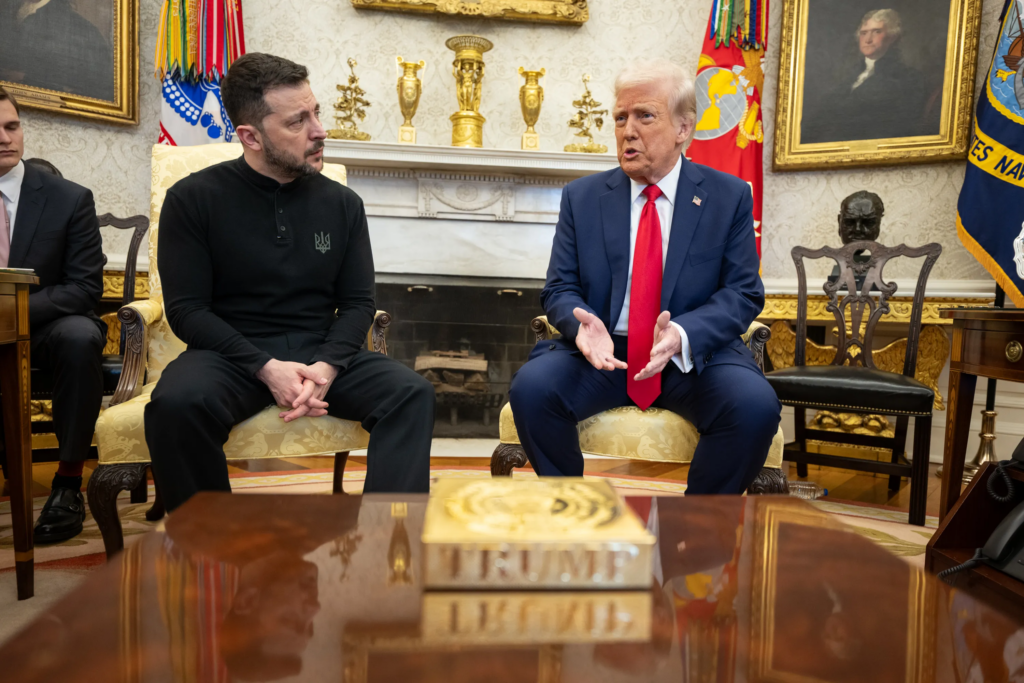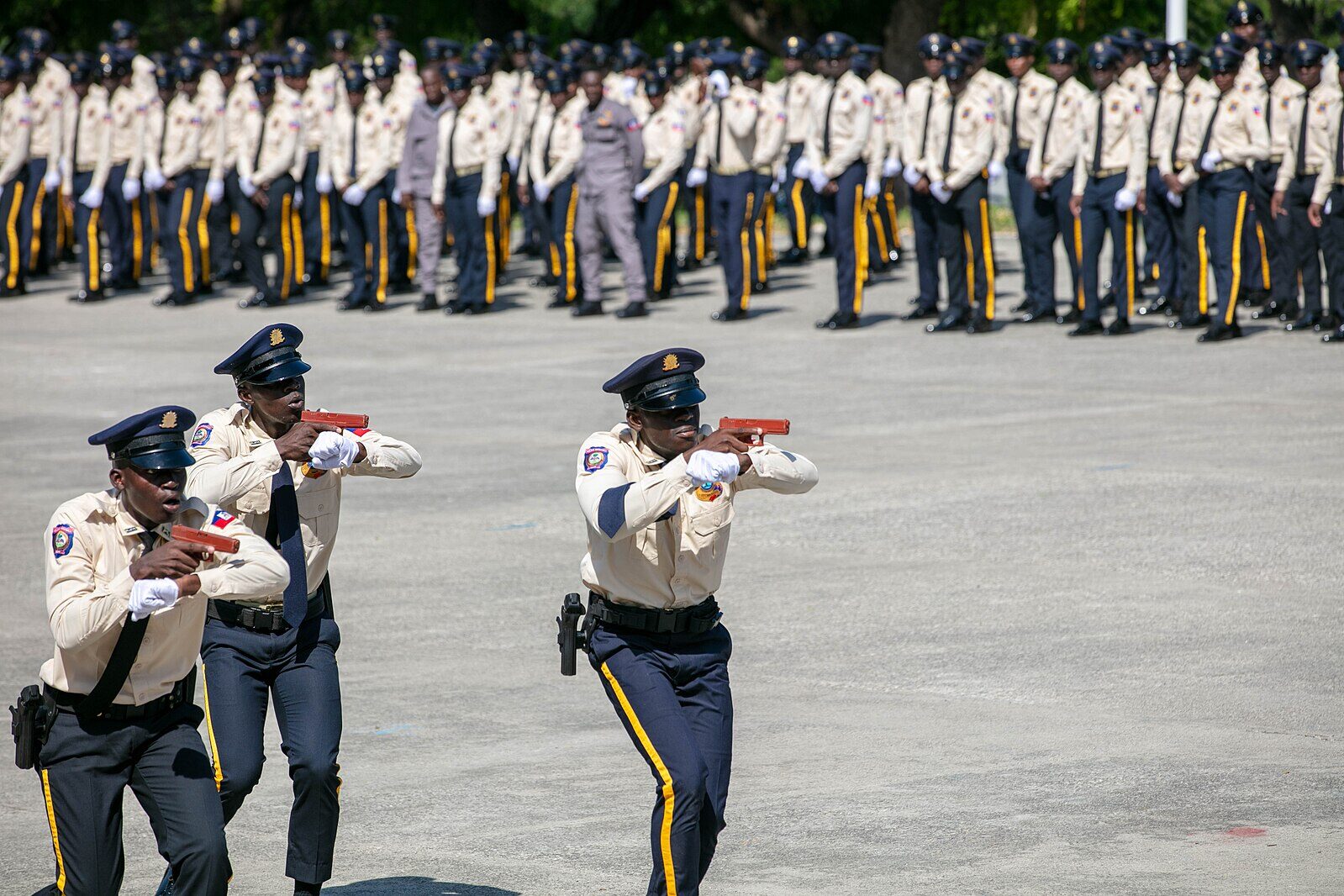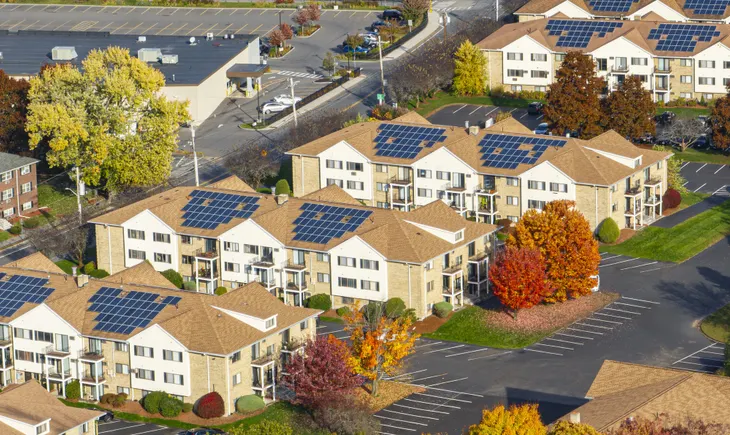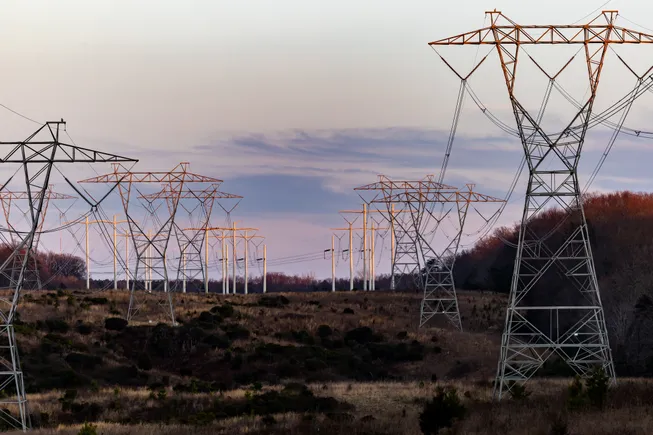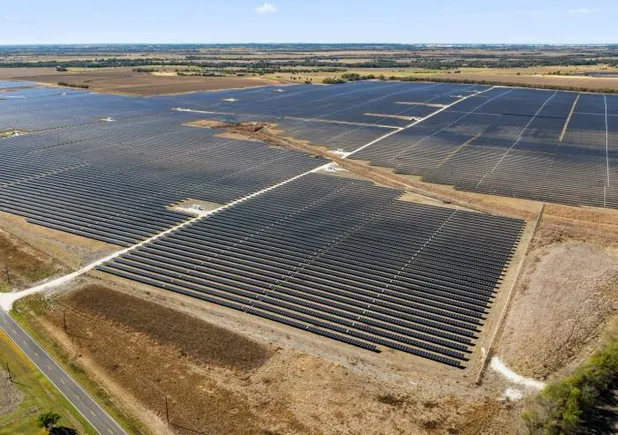America needs to modernize its Air Force now — or be prepared to lose
The Air Force is an “antique force,” write David Deptula and Mark Gunzinger in this op-ed, and must rebuild.


An Air Force Global Strike Command unarmed Minuteman III intercontinental ballistic missile launches during an operational test at Vandenberg Air Force Base, Calif., Sept. 2, 2020. (U.S. Air Force photo by Vandenberg Air Force Base Public Affairs)
In 1984, President Reagan declared: “None of the four wars in my lifetime and none of the wars that you have seen came about because we were too strong. History shows that weakness invites tyrants to believe that the price of aggression will be cheap.”
That message resonates today as global threats and discord grow. Yet America’s Air Force is now worn dangerously thin by more than 30 years of non-stop combat operations, lack of priority by successive administrations, and perennial underfunding for modernization. As a result, the USAF is now the oldest and smallest in its history.
Antique cars are defined as being at least 25 years old; by that definition, our Air Force, with aircraft that have an average age of 30 years, is an antique force. To recover from years of neglect, the Air Force must rebuild both its capability and capacity to fight. This can only be accomplished by the administration prioritizing it and Congress providing it the resources to immediately increase the number of new aircraft it buys each year.
Ten current Air Force aircraft types first flew over 50 years ago. Together, they account for some 2,600 airplanes, or roughly two-thirds of the inventory. The Navy, in contrast, has just one operational warship over 50 years old. New Air Force pilots are training in T-38s that predate the Vietnam War and flying in B-52s and KC-135s first purchased during the Eisenhower Administration. Meanwhile, USAF’s land-based Minuteman III intercontinental ballistic missiles (ICBMs) — the entire land-based leg our nation’s nuclear triad — were fielded by the Nixon Administration.
The Air Force’s aircraft inventory is also too small, with less than half the bombers and fighters it had in 1991 during Operation Desert Storm — the last time the US fought a major regional conflict. Today, only about 10 of the Air Force’s stealthy bombers and about 60 F-22 air superiority fighters are ready to fight on any given day. The F-35, meant to replace much of the aging inventory, is being procured too slowly.
Every mission area of the Air Force is affected: mobility aircraft, remotely piloted aircraft, air battle management, intelligence, surveillance, and reconnaissance, combat search and rescue, and others. All are radically undersized relative to demand, yet not one of these capacity challenges are planned for reset in the foreseeable future.
Under the Biden administration’s plans, the Air Force is on track to lose nearly 1,000 planes over the next five years, while acquiring just a fraction of that number. Due to resource shortfalls, in its fiscal 2025 budget the Air Force submitted a plan to divest 250 aircraft while buying just 91. That math reflects a capacity and modernization death spiral.
Chronic underinvestment is what got the Air Force to this point. The nation invested over $1.3 trillion more in its Army than its Air Force in the 20 years after 9/11. Likewise, it invested over $900 billion more in its Navy than its Air Force in the same period. This imbalance is a recipe for losing future wars.
Masking this underinvestment is a budgetary gimmick that dates to the 1960s. The Air Force’s annual budget contains a massive pass-through for other defense-wide spending, amounting to over $45 billion annually. While that money inflates the Air Force’s budget, not one cent of that money is spent on or for the Air Force. This lack of transparency must be fixed by the Trump administration.
Lacking sufficient resources, the Air Force for decades pursued a “divest-to-invest” strategy — surrendering current capability in the hope of freeing funds for future investment. But retiring an old aircraft cannot deliver enough savings to buy a new aircraft. Plus, it decimates the talent base needed to maintain these mission areas. Airmen need aircraft to remain qualified to operate; without them, many retire or find other fields to pursue.
The solution to these challenges is clear: Stop the continuous decline in the size of the Air Force and rebuild it with new aircraft. That means additive investment, plus shifting some over-aggressive research and development spending into procurement investment for aircraft now in or near production.
That is how President Ronald Reagan restored the Air Force after the hollow years of the 1970s. He aggressively scaled aircraft developed by the Nixon, Ford, and Carter Administrations—types like the F-15, F-16, A-10, KC-10, C-5, B-1, and E-3. Combined, these new aircraft proved crucial to winning the Cold War. They also sustained American airpower for decades. Reagan’s team also made important investments in stealthy aircraft like the F-117 and B-2. But today, 40 years later, Reagan’s Air Force is exhausted.
The US has several highly capable aircraft in production able to refresh the force in the not-too-distant future. These include the B-21, F-35, F-15EX, C-130, E-7, MQ-9B, KC-46, T-7, MH-139, and HH-60. New collaborative combat aircraft (CCA), including the YFQ-42 and YFQ-44, and a new air superiority fighter, the recently-announced F-47, represent capabilities in near-term development that must be turned into operational capacity within a decade. A new mobility aircraft needs to be added to this list soon.
Rebuilding the Air Force will require aggressive, but long-overdue investment — upwards of $40 billion per year for several years. Specifics are provided in our recent paper, “Air Force and Space Force Vectors for the Incoming Trump Defense Team.”
The immediate priority is to stop the decline in force and aircrew readiness. Specifically, Congress should fund a mix of at least 72 F-35As and F-15EXs per year and double the planned acquisition rate of the B-21. Current programmed buys of these aircraft are paced by the Air Force’s inadequate budget, not operational needs. Readiness can be improved by increasing funding for weapon system sustainment to over 95 percent, not the paltry 80 percent where it is today. CCA development is another priority. These and other capabilities will help rebuild deterrence over the next decade when the potential for a Pacific conflict may be greatest.
“Our service lacks the required funding and resources, even as the potential for near-term conflict grows,” noted Air Force Chief of Staff General David Allvin recently. “In short, America needs more Air Force, and it needs it now.”
We are well past the stage of postulating revolutionary solutions and deferring them to future decades. US combatant commanders need Air Force capabilities and capacity now. Just as Reagan rebuilt Air Force airpower in the 1980s, President Donald Trump must pursue a similar vector today.
David A. Deptula, is a retired Air Force Lt. General and Dean of the Mitchell Institute for Aerospace Studies, and Col Mark A. Gunzinger, USAF (Ret.) is the Mitchell Institute’s director of future concepts and capability assessments.




































